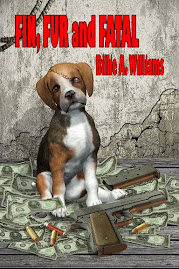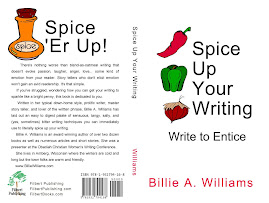
Most everyone would agree the best books, actually all books, begin with characters who want something. They spend the whole book trying to obtain this goal, brass ring, or prize, whatever you choose to call it. Other people and events conspire to keep them from acquiring it. That’s it in a nutshell.
Simple isn’t it? How come then, are there so many, many books on writing? How many ways can you say the same thing? Here’s a clue – you could give a room full of one hundred people the same plot for a story and you would wind up with one hundred variations on the original theme or plot.
Everyone is unique. Everyone is the only one with their particular make up, experiences, learning, parents and all that makes them who they are their learning is unique, too. We all learn in a way unique to us. So, when we read all these various ways of saying the same thing, we eventually hit upon one that gives us that “aha!” moment.
When that is achieved we put pen to page or fingers to keyboard and begin our very own story worth telling. You decide which genre you will write in, and possibly the subgenre your story leans to. Even if you are writing in one of the most popular genres, say Romance, or Mystery—there are still dozens of sub-categories or genres.
Why should I bother with sub-categories or discovering what genre my book is going to be before I even start to write it? One reason is that all genres have their own conventions, style, requirements that readers come to expect from them. But that is only one of the many considerations in building a good story. Here are some others.
Time period when your story takes place
Topic
Age range/ or target market
Plot
Characters that are fully defined — you will want your readers to care about them.
Point of view
Setting
Title
Summary of the story – it keeps you moving toward your target—your goal
According to Nancy Lamb in her book The Writer’s Guide to Crafting Stories for Children, “A good story flows from a solid understanding of writing and structure, along with a confident grasp of character and plot and dialogue.
In conclusion, storytelling is a gift, an art, a craft and you can develop yours. Art has form and structure, so too does novel writing. Craft has rules, process matters and novel writing or story telling has rules for the process. Simple really.
About the Author
Billie A Williams is a multi-published, award-winning author her
Accidental Sleuths solve crimes with wit, wisdom and chutzpah











2 comments:
Enjoyed your post. It was helpful.
Blessings from Costa Rica
Hi Kathie,
Always glad to see you here! I'm delighted the post was helpful.
Stop back again soon.
Billie
Post a Comment